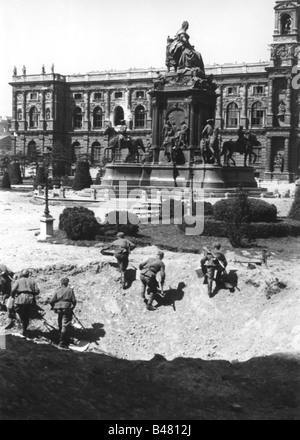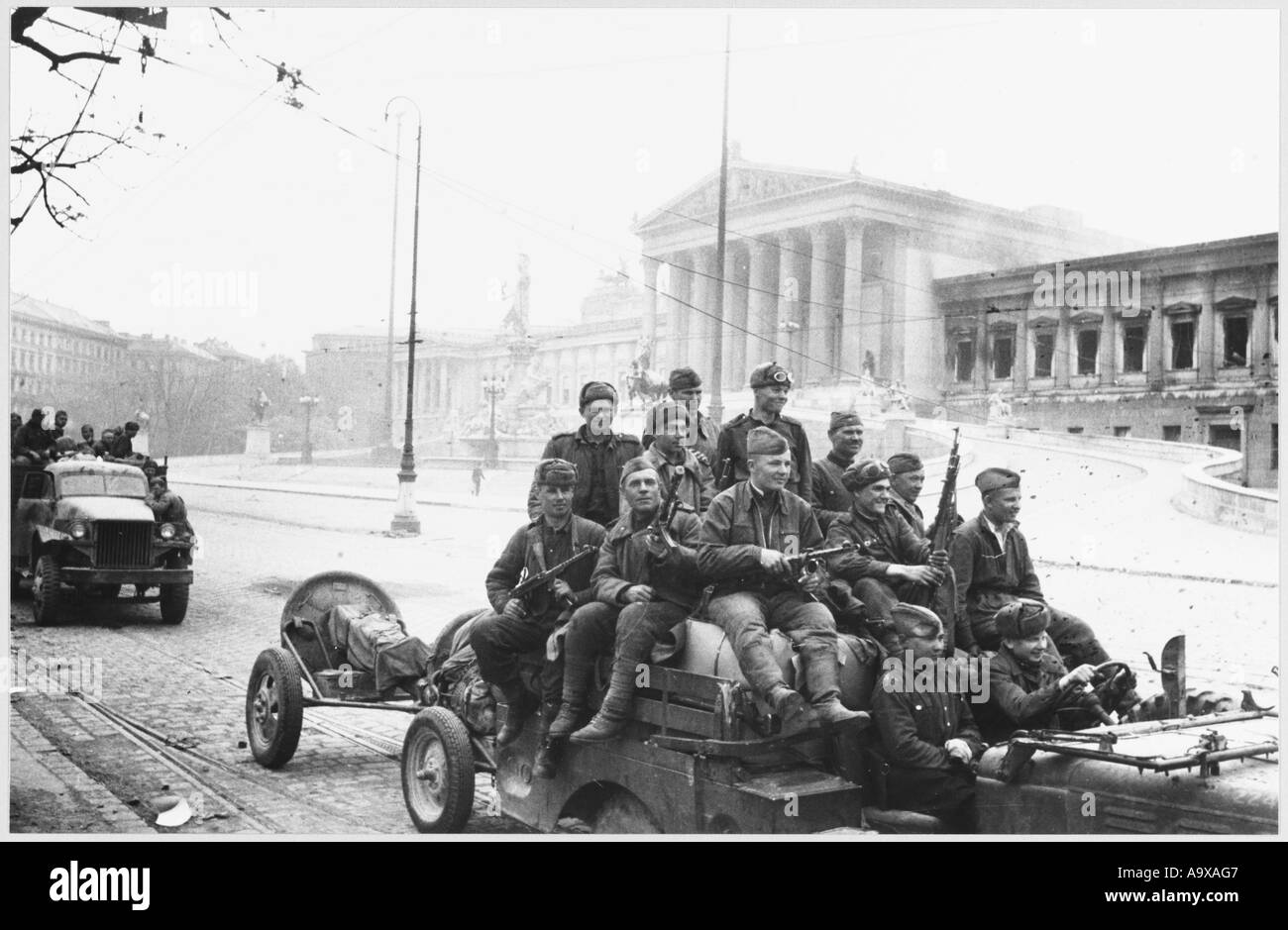


How did the British and the Americans perceive Austria and the Austrians? And in what sense were their perceptions utilized to propagate the Austrian national identity in 1945, when Austria was considered both a “liberated” and an “occupied” country? What is the “story of Austria” as it was told to the British troops and to the American GIs, preparing them for their mission in postwar Austria? 1 One reason for this omission is the fact that, up until now, it was not clear that the guide had actually been published by the British, with scholars ascribing it to the Americans instead. Previous studies of the Allied occupation of Austria have discussed the Anglo-American contribution to Austria’s independence and national restoration however, they have not featured an in-depth discussion of the military handbook published by the British under the title Austria-A Soldier’s Guide in terms of the British conception of Austria and Austrian nationalism. Moscow Declaration, Soldier’s Guide to Austria, Allied troops, Austria 1945, militourist gaze, Austrian stereotypes Austria-A Soldier’s Guide: The British Militourist Gaze in the Service of Austrian Restoration and Renationalism In this sense the British Austria-A Soldier’s Guide holds a special place since it is intended not only for army indoctrination of troops and their mission in Austria, but also as a means of national propaganda for the Austrians themselves, both by using the Moscow Declaration as subtext in the guide and by voicing prewar Austrian self-understanding from the interwar period. Using the militourist gaze in our interpretation of the soldier’s guide(s) to Austria we can better understand how British and American military media used prewar stereotypes on Austrians and Austria in order to rebuild Austrian nationhood vis-a-vis Germany. Furthermore, a typeset titled “A Short Guide to Austria,” found in the British National Archives, reveals the American version of the soldier’s guide to Austria, although this version was never published and both armies distributed the British guide to their troops. Through comparative research and close reading of Austria-A Soldier’s Guide, with other Second World War II soldier’s guides that were published by the British and the Americans respectively, we can conclude that it was the British and not the Americans who published the booklet Austria-A Soldier’s Guide. The article uses the concept of “militourist gaze” in order to compare differences and similarities between the British and the American attitudes reflected in their military handbooks for Austria. This article discusses and analyzes British and American perceptions, postwar planning aims, and stereotypes about Austria and its future restoration–post World War II.


 0 kommentar(er)
0 kommentar(er)
